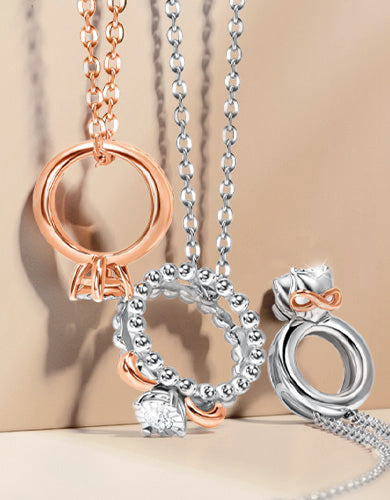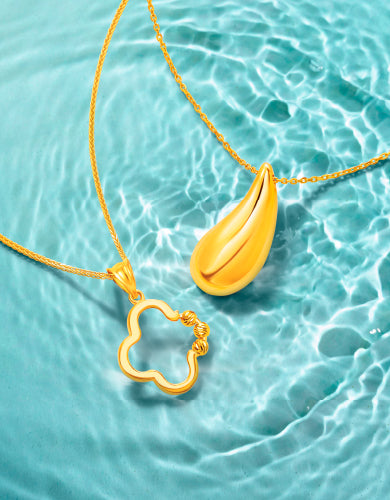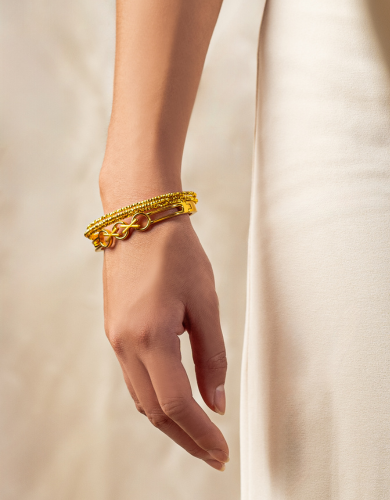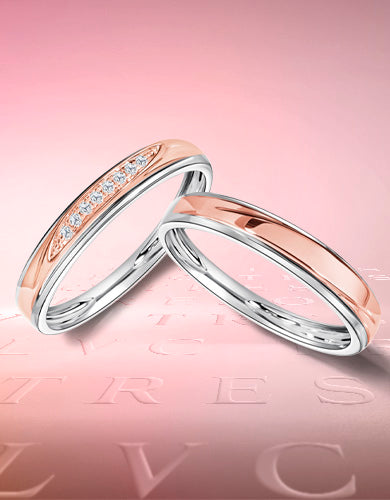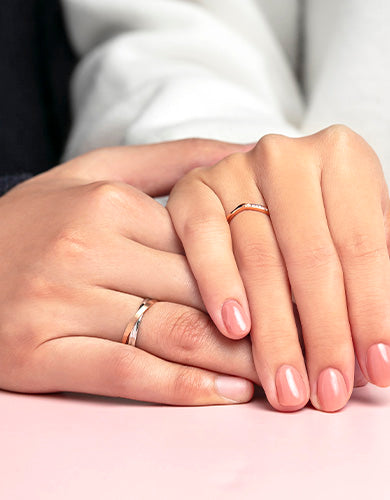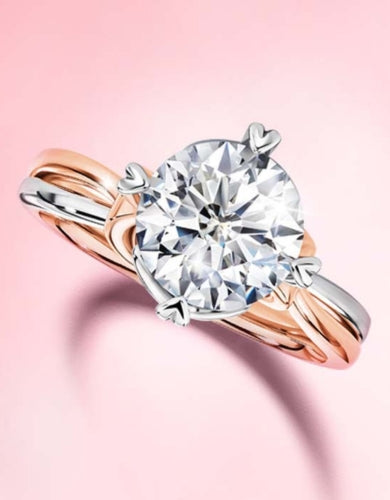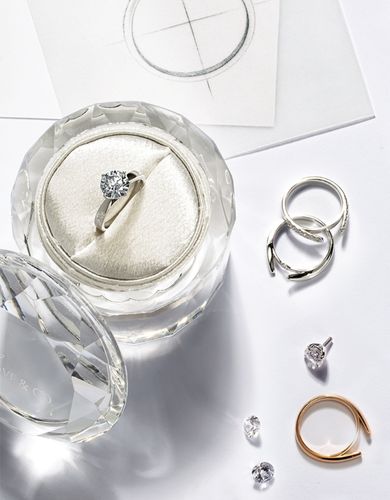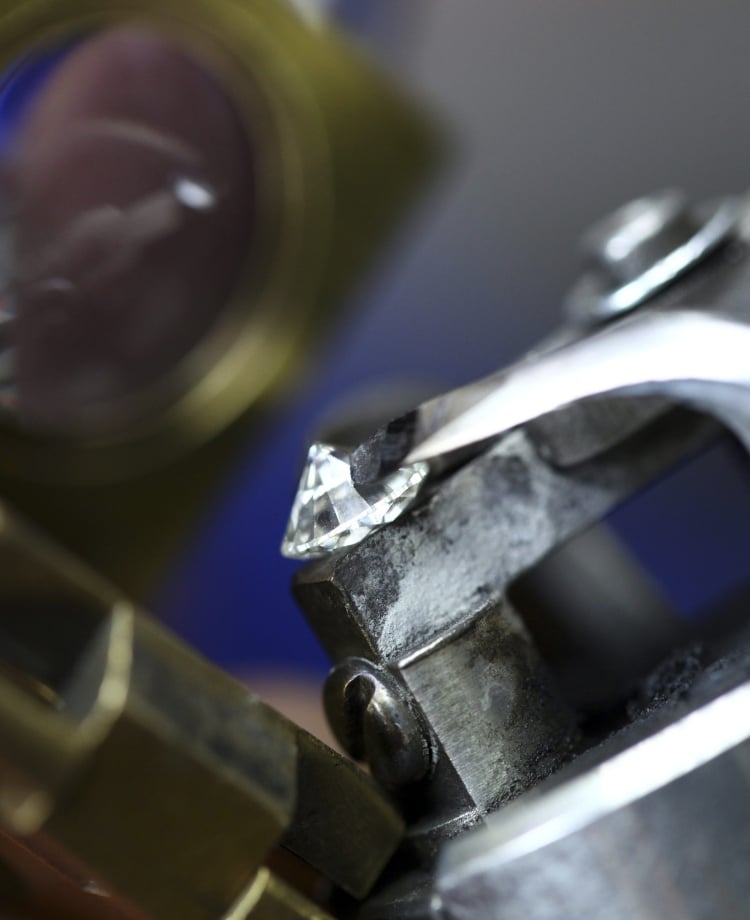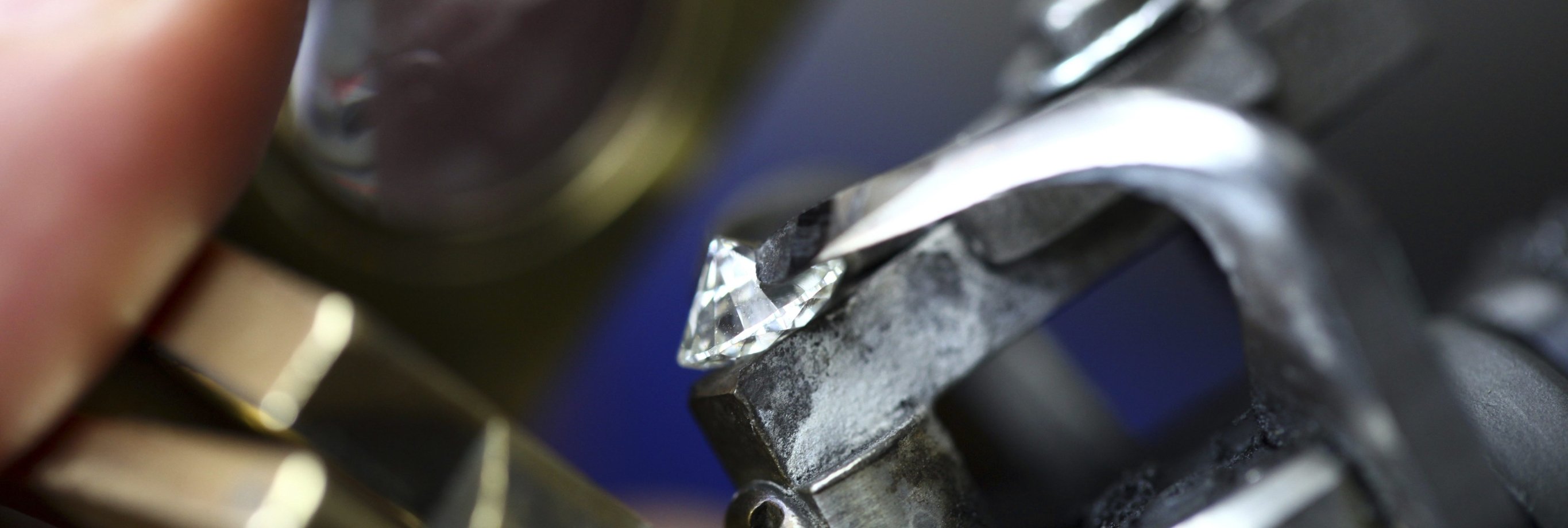At least once in your life, the word ‘artificial’ or ‘fake’ would have probably been the first thing that comes to mind when you hear others talking about lab-grown diamonds. While it is perfectly understandable to have that thinking seeing as man-made diamonds are created in the lab, diamond education is now slowly making its way to bring light to the guilt-free diamond and do it justice.
When it comes to purchasing a classic diamond ring or other jewellery online and in-store, the primary thought of the average person would undoubtedly be to buy bigger stones for less money. Fortunately, lab-created diamonds do just the thing - and then more. As such, while some are still not convinced, most young individuals are now seemingly falling out of love with mined diamonds due to their high humanitarian as well as environmental costs, while leaning towards lab-grown ones. But while its benefits can be perceived as better than mined diamonds for some, how exactly are lab-grown diamonds made?
Natural vs lab-grown diamonds: how are they made?

Source: https://www.chemistryworld.com/news/electric-fields-deep-in-earths-mantle-helps-diamond-crystallise/4013130.article
According to mined-diamond Geologists, natural diamonds are believed to have developed between 1 to 3 billion years ago; deep within the Earth. Carbon dioxide, when exposed to heat over 2,200 degrees Fahrenheit and then put under extreme pressure of around 727,000 pounds per square inch, will subsequently create diamonds. Lastly, deep volcanic eruptions transfer the diamonds from deep beneath the Earth's core towards the surface.
On the other hand, not much about lab-created diamonds are known to some people other than being made in the lab. Thus, not many might have known this, but there are 2 chemical processes used to grow these diamonds:
1. Chemical Vapor Deposition (CVD)
2. High Pressure High Temperature (HPHT)
Before we dive into these 2 processes, it is essential to understand that lab-grown diamonds are formed through the replication of the same conditions of growing a mined diamond - except unlike natural diamonds that are under the Earth, lab-grown ones are created in controlled environments (also known as the lab).
1. Chemical Vapor Deposition (CVD)

Source: https://limelightdiamonds.com/lab-grown-cvd-diamonds/
A CVD diamond begins its journey as a small piece of diamond seed that is most frequently taken from an HPHT diamond. This same diamond seed is next heated to roughly 800 degrees Celsius in an enclosed chamber - known as the CVD plasma sector.

Source: https://limelightdiamonds.com/lab-grown-cvd-diamonds/
A carbon-rich gas, such as methane, is pumped into the chamber. Utilising technology comparable to microwaves or lasers, the gases are then ionised into plasma. This process is similar to that of a natural diamond, where the intense environment of pressure and temperature that is created in the plasma chamber is exactly how it is under the Earth. As the molecular bonds in the gases are broken due to ionisation, it causes pure carbon to disintegrate and stick to the diamond seed while slowly crystallising.

Source: https://limelightdiamonds.com/lab-grown-cvd-diamonds/
Once layers are formed on the diamond seed, a rough diamond is developed - similar to that of a natural diamond. Additionally, just as how one cuts and polish a mined diamond, the same processes are then utilised on CVD diamonds.
2. High Pressure High Temperature (HPHT)

Source: https://www.gjlongjewelers.com/news/high-pressure-high-temperature-hpht-diamonds
A cubic press, a belt press, or a split-sphere (BARS) press are the 3 production procedures used to create HPHT diamonds. Each of these processes generates a high-temperature, high-pressure environment that is favourable to diamond formation.
The journey of a HPHT diamond begins with a minuscule diamond seed embedded in carbon, which is then heated to around 1500 degrees Celsius. Around the initial seed, pure carbon melts and begins to create a diamond. Afterwards, it is cooled carefully to produce what is known as a pure carbon diamond.
CVD vs HPHT: which process is much better and most rare?
While both techniques can perfectly yield gem-quality diamonds but with different growth patterns, the CVD method has a higher level of control. This process produces more competitively priced diamonds since it is less energy-intensive. Furthermore, the ability of the method to exclude or contain very small amounts of nitrogen results in rough diamonds with higher-grade colours and are often Type IIA pure diamonds - top 2 per cent of the world’s diamonds. HPHT diamonds, on the other hand, may potentially not be Type IIA diamonds.
CVD method produces Type IIA Diamonds, the world’s purest diamond
The purest form of diamonds, Type IIA diamonds are of higher clarity and quality. Made entirely of carbon with no or very few contaminants in them, these diamonds have higher brilliance and lustre. Additionally, since the process does not involve metal, the CVD process is able to produce colourless diamonds with ease. All in all, since Type IIA diamonds are the most precious and rare form of diamond, the CVD process tends to be the procedure of choice for many, manufacturers included.
As such, Love & Co. lab diamonds (LVC Precieux collection) are created using the CVD process, which ensures that all our lab diamonds are Type IIA diamonds – with superior clarity, grade, and brilliance over its HPHT lab diamonds counterpart.
Conclusion
If you are looking to fulfil your carat dream with a sparkly, guilt-free engagement ring without denting a hole in your pocket, lab-grown diamonds are the way to go! Priced at a fraction of their mined counterparts, these exceptional diamonds are not only beautiful but ethical and sustainable as well: ideal for the nature lover willing to fight for the environment.
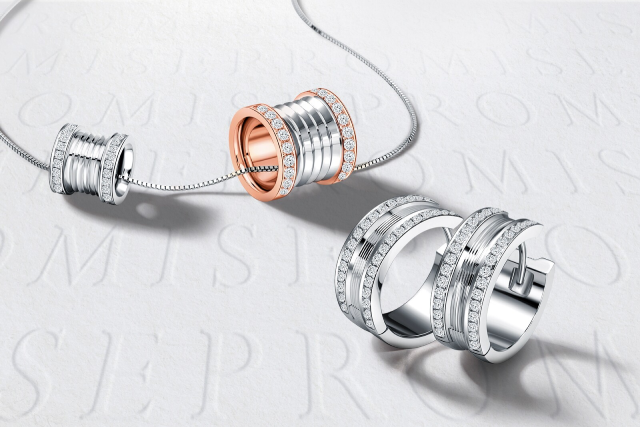
At Love & Co., we understand the importance of opting for conflict-free diamonds to be environmentally kinder to our planet but are equally, if not more precious and stunning as their Earth counterparts, which is why you can experience guilt-free jewellery with our lab-grown diamond range, LVC Precieux! Made with Type IIA diamonds under the CVD process, be assured that we use only the highest grade of diamonds masterfully cut by our professional craftsmen with long-term experience to showcase their true sparkle and brilliance - with close to zero hints of impurities. Be it to purchase wedding bands or love couple rings in Singapore, be sure to book an in-store appointment with us and head down to our leading jewellery shop if you need professional advice on choosing the right lab-grown diamond rings for you and your loved one.


